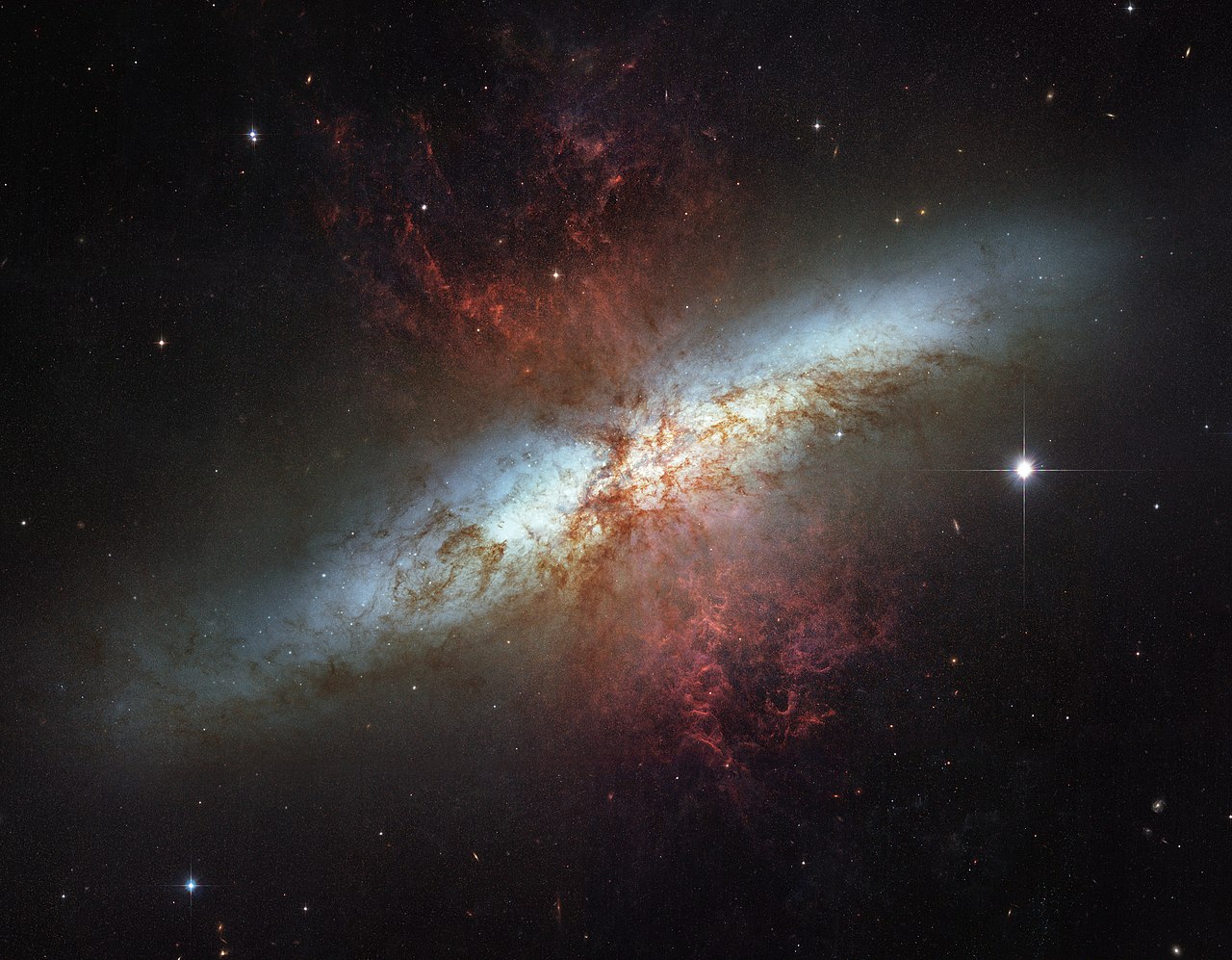Summary:
Sound is the vibration of molecules through a medium. When sound is produced in a medium, say air, the source vibrates the air molecules in what is known as a sound wave. The more molecules that are compacted together in the medium, the faster and more efficiently sound can travel without losing energy. Sound cannot travel in space however, as space has little to no matter which means that the sound wave cannot travel. The sound wave's energy is determined by the amplitude, which is half of the height of the entire wave. To determine the pitch of sound, you can look at frequency. Frequency is how often a wave length (the distance between each wavelength) passes through a line in one second. Tension is the tightness of the wave, or the space that the wave takes up in its journey. The tighter the wave, the less space it will take and the more thinner the wave motion will be.
Backwards-Looking:
What problems did you encounter while you were working on this piece? How did you solve them? Some of the problems that I encountered when creating my instrument was finding a way how to make wind, percussion and string all in one instrument and have multiple notes for each part. I solved this issue by searching up ways to create make-shift instruments and just building off of other people's ideas. For example, the string instrument was inspired from the fact that people cut holes in their boxes and had strings over them. When doing just that, I found a way to create a string instrument such that there could be several different notes (since you can pull and adjust the tone of 4 strings). The next problem that I encountered was with the wind and percussion instruments (the bottles). When in the process of making them, they kept spilling out water when in storage, often ruining the tone/pitch of the instrument. To fix this, I improvised a way to make a cap stay on the bottle and easily come off.
Inwards-Looking:
How do you feel about this piece of work? What parts of it do you particularly like? Dislike? Why? What did/do you enjoy about this piece or work? I believe that this was an insightful and rather fun project on sound. It helped me understand more about sound, the wave anatomy and how it functioned. The part that I liked most from this project was the creation of the instrument and some of the labs on sound, such as the tuning fork lab and the bottle lab which actually gave me inspiration for my percussion/wind. There weren't really any parts that I particularly disliked. If there was one thing that I were to dislike, it would be the wave anatomy/sound wave properties worksheets. Although they were insightful and taught me information about sound that I didn't know before, I don't feel like much of it actually applied to the creation of my instrument.
Outwards-Looking:
Did you do your work the way other people did theirs? In what ways did you do it differently? In what ways was your work or process similar? When beginning the creation of my instrument, I didn't really know what to do for any of the three instrument types we were supposed to incorporate into one instrument. That is until I saw other people's string instruments. Some people made their string instruments with a hole in a box with strings above it, so when the strings were struck, the hole in the box would amplify the sound. I decided to make my instrument this way, not knowing which direction that I would take it. When working on it, figured out that I could make the string instrument more versatile with the notes that it played by allowing the user of the instrument to stretch and adjust each of the four strings as much as possible. So in a way, I had a similar work process to my classmates, though I branched out midway. In addition to that, I noticed that a few groups used bottles to make their wind/percussion instruments.
Forwards-Looking:
What would you change if you had a chance to do this piece over again? If I were to re-create my instrument, I would probably spend more time working on the overall appearance of it. I feel like some of the projects that I work on could have been better if I had spent more time working on the appearance rather on information/functionality that the piece contained. I would have also spent more time trying to figure out how to make the instrument easier to play. The percussion aspect of my instrument was hard to play since the bottles were crammed in together, making the amplification of sound and the vibrations of the waves minimal. In addition to that, you couldn't play the string part of the instrument at the same time. You could only use one of the four instruments at a time.

